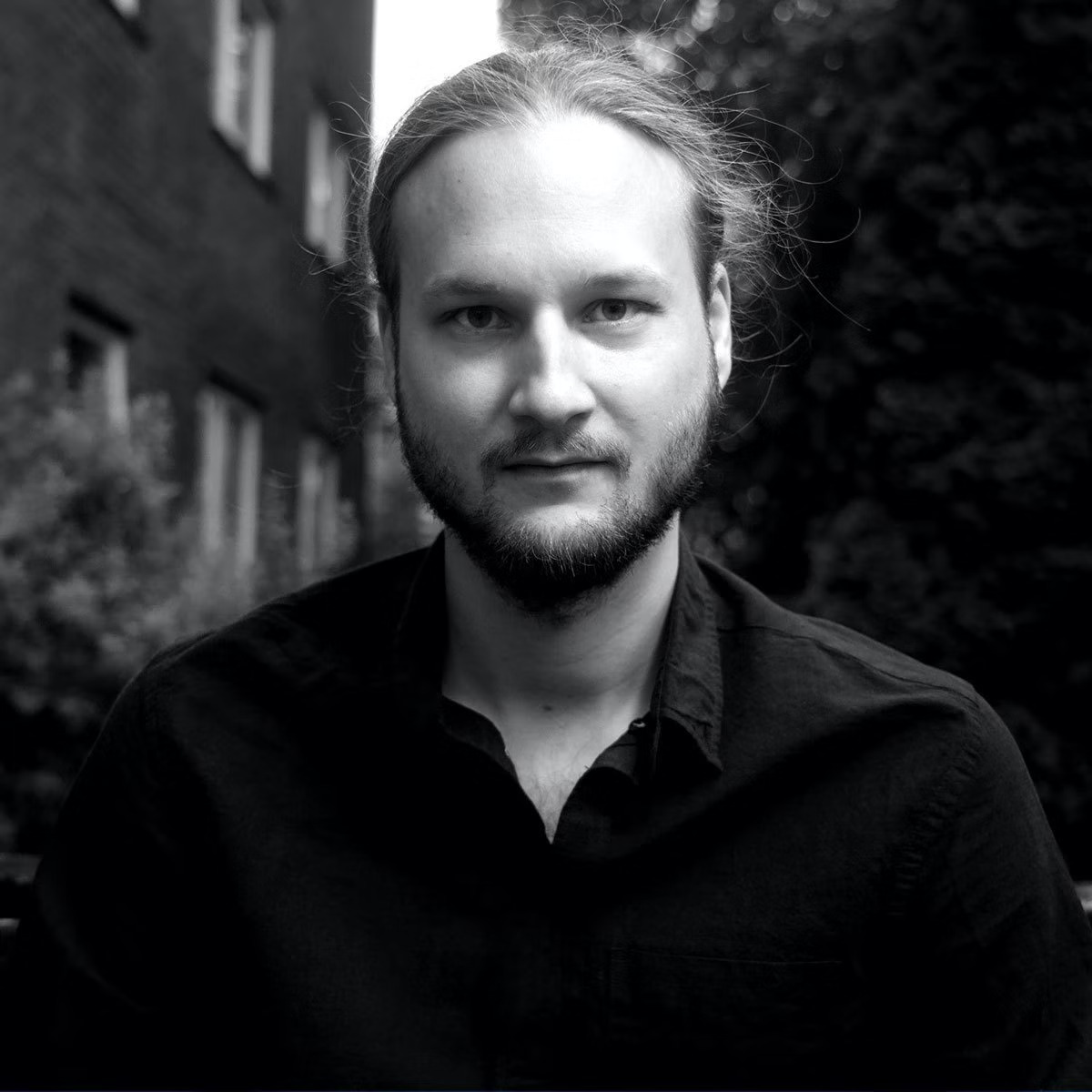See results from the project here.
DLN received six very interesting and original proposals ranging from topics in the biomedical field microscopy and machine learning.
The deadline for the RRI-inspired transdisciplinary side quest call was December 1, 2021. The call urged early career researchers in DLN to reflect on their role as scientists in society and think outside the box in conveying or representing their research. The intention of the call was to stimulate new ways of thinking about the role of DLN-research in a societal context, but also to potentially stimulate new ideas towards the application of ongoing or future research.
Responsible research and innovation (RRI)
Science, technology and innovation shape the future. But what kind of future do we want? This question goes beyond science. And it guides our work at the Centre for Digital Life Norway.
RRI is an important policy framework in Norway and the European Union which aim to open up science to society, ensure that research and innovation is carried out in line with public values and public interests, and conducted in a fair process with quality and integrity (Source)
The call urged applicants to interpret in their own way what transdisciplinarity could mean, as this is one of the central mandates of DLN; to foster transdisciplinarity and also to include other actors than the usual academic or industry collaborators with particular reference to RRI.
Definition of key concepts:
Transdisciplinarity:
- Something that goes beyond (transcends or transgresses) interaction between disciplines
- Inclusion of experience-based knowledge (industrial actors, users, citizens and/or relevant publics)
- “Trans-disciplinary” knowledge in this sense means knowledge that transcends what can be known by the academic world.
Convergence:
- In research policy often used as synonym for transdisciplinarity
- Collaboration within the sciences, with the goal of dissolving borders between disciplines.
- Does not necessarily involve experience-based knowledge.
The winner of the call was “The autophagic symphony – Unveiling the final rhythm”. Autophagy is the body's way of cleaning out damaged parts of cells to regenerate newer, healthier cells.
.png)
“The autophagic symphony” project focuses on research to better understand the termination of autophagy in cells using machine learning and so-called data-sonification, implying the use of sound to turn data into sound. This opens new ways to understand and interpret data more precisely and effectively.
The project is led by Amani al Outa at the University of Oslo, Helene Knævelsrud at Oslo University Hospital and Alexander Refsum Jensenius, co-director of RITMO Centre for Interdisciplinary Studies in Rhythm, Time and Motion.
Amani al Outa, who’s a postdoctoral fellow at Centre for Cancer Cell Reprogramming at UiO, says the idea for the project started when Helene Knævelsrud introduced her to a colleague from the Young Academy of Sciences, Alexander Refsum Jensenius, who is leading research on data sonification.
Data sonification is the process of turning data (including images) into sound to help scientists use their ears instead of their eyes to process data more rapidly and accurately than through visual analysis.
“Like most scientists I am used to analyzing data by visualization, however I was amazed to know that I can listen to my data as well and not only see it!”, says Amani al Outa.
Amani al Outa started reading more about data sonification and found out that NASA scientists listen to data generated from satellites and that this approach is highly effective as a supplement to standard visual analysis techniques. For example, by converting the energetic hail of cosmic radiation into audible tracks which results in better understanding of astrophysical events. Amani al Outa says this strategy makes these cosmic events more easily approachable for the public.

“Even without understanding the complex math and the physical laws, the beauty and power of the universe can be grasped in the form of sound. This motivated me to listen to my data,” she says.
The project aim, Amani al Outa says, is to sonify images of cells in different autophagic states to better understand the phenotypes at hand and identify new patterns and characteristics that would open new questions especially during autophagy termination (the final “rhythm”).
“This will also allow sharing my results with a larger public as an audible interpretation of a cell biological process.”
Music technologist Bálint Laczkó will do the sonification for the project.

